Name Leo Major | ||
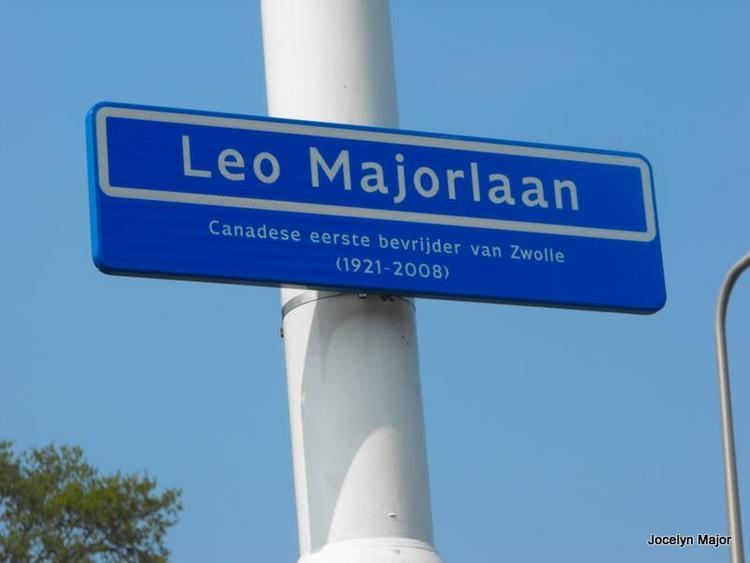 | ||
Histoire de l savoir l o major
Léo Major DCM & Bar (1921 – 12 October 2008) was a French Canadian soldier in the Régiment de la Chaudière in World War II. He was the only Canadian and one of only three soldiers in the British Commonwealth to ever receive the Distinguished Conduct Medal twice in separate wars.
Contents
- Histoire de l savoir l o major
- Leo Major Amazing Lives Series 1
- Early life and Career
- Battle of the Scheldt
- First Distinguished Conduct Medal
- Korean War and second Distinguished Conduct Medal
- Death
- References
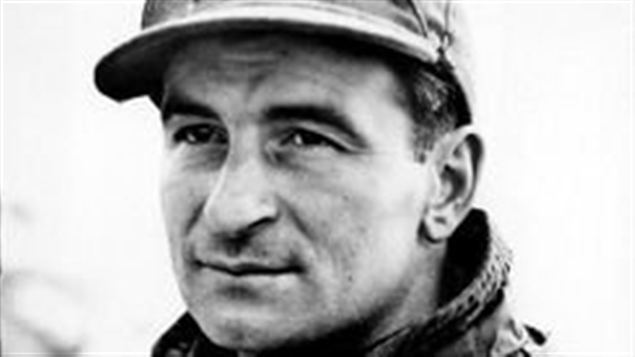
On the night of April 13 1945, Major single-handedly liberated the city of Zwolle in the Netherlands from German army occupation. This action earned him his first Distinguished Conduct Medal. He received his second DCM during the Korean War for leading the capture of a key hill.
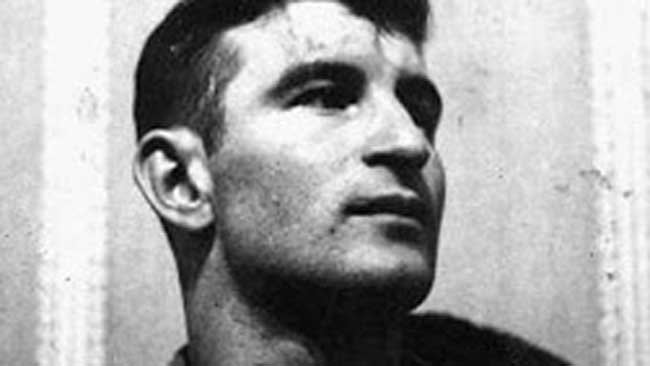
Leo Major | Amazing Lives Series #1
Early life and Career

Major was born in 1921 to French-Canadian parents (while his father was working for the American Railroad Company) in the U.S. but moved with his family to Montréal when he was very young. In 1940 Major enlisted in the Canadian army when he was 19 years old and was sent overseas in 1941. He was among the Canadian forces that landed on the beaches in the Normandy Invasion on June 6, 1944. During a reconnaissance mission on D-Day, Major captured a German armoured vehicle (a Hanomag) by himself. The vehicle contained German communication equipment and secret German Army codes.
Days later, during his first encounter with an SS patrol, he killed four soldiers; however, one of them managed to ignite a phosphorus grenade. After the resulting explosion, Major lost one eye but he continued to fight. He continued his service as a scout and a sniper by insisting that he needed only one eye to sight his weapon. According to him, he "looked like a pirate".
Battle of the Scheldt
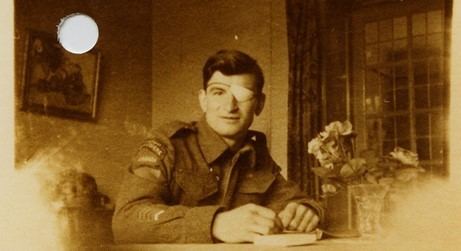
Major single-handedly captured 93 German soldiers during the Battle of the Scheldt in Zeeland in the southern Netherlands. During a reconnaissance, whilst alone, he spotted two German soldiers walking along a dike. As it was raining and cold, Major said to himself, "I am frozen and wet because of you so you will pay." He captured the first German and attempted to use him as bait so he could capture the other. The second attempted to use his gun, but Major quickly killed him. He went on to capture their commanding officer and forced him to surrender. The German garrison surrendered themselves after three more were shot dead by Major. In a nearby village, SS troops who witnessed German soldiers being escorted by a Canadian soldier shot at their own soldiers, killing seven and injuring a few. Major disregarded the enemy fire and kept escorting his prisoners to the Canadian front line. Major then ordered a passing Canadian tank to fire on the SS troops.
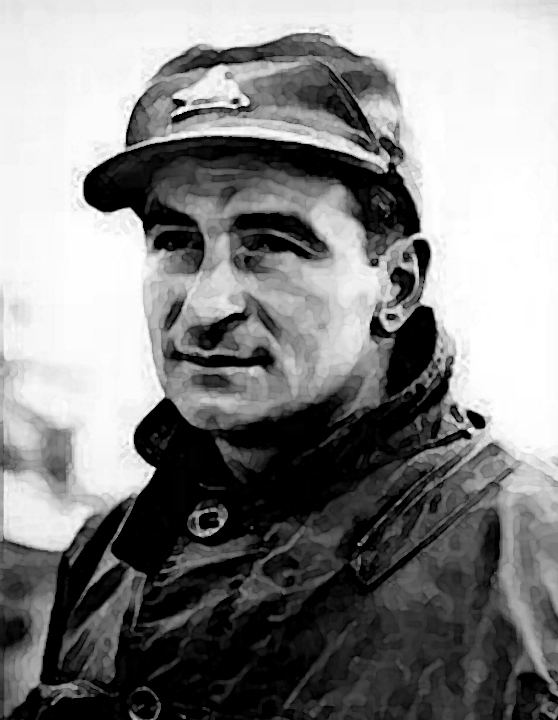
He marched back to camp with nearly a hundred prisoners. Thus, he was chosen to receive a DCM. He declined the invitation to be decorated, however, because according to him General Montgomery (who was to give the award) was "incompetent" and in no position to be giving out medals.
First Distinguished Conduct Medal
In February 1945, Major was helping a Military Chaplain load corpses from a destroyed Tiger tank into a Bren Carrier. After they finished loading the bodies, the chaplain and the driver seated themselves in the front whilst Major jumped in the back of the vehicle. The carrier struck a land mine. Major claims to have remembered a loud blast followed by his body being thrown into the air and smashing down hard as he landed on his back. He lost consciousness and awoke to find two concerned medical officers trying to assess his condition. He simply asked if the chaplain was okay. They did not answer his question, but proceeded to load him onto a truck so he could be transported to a field hospital 30 miles (48 km) away, stopping every 15 minutes to inject morphine to relieve the pain in his back.
A doctor at the field hospital informed him that he had broken his back in three places, also four ribs and both ankles. Again they told Major that the war was over for him. A week went by and Major had the opportunity to flee. He managed to get a ride from a passing jeep that drove him to Nijmegen, a town where he had previously met a family. He stayed with that family for almost a month. He went back to his unit in March 1945. Technically, Private Major would have been AWOA (Absent Without Authority). Information regarding how Major was able to avoid punishment is lacking.
At the beginning of April, the Régiment de la Chaudière were approaching the city of Zwolle, which was shown to have strong German resistance. The Commanding Officer asked for two volunteers to reconnoitre the German force before the artillery began firing at the city. Private Major and his friend Corporal Willie Arseneault stepped forward to accept the task. To keep the city intact, the pair decided to try to capture Zwolle alone, though they were only supposed to recce the German numbers and try to contact the Dutch Resistance.
Around midnight Arseneault was killed by German fire after accidentally giving away the pair's position. Enraged, Major killed two of the Germans, but the rest of the group fled in a vehicle. He decided to continue his mission alone. He entered Zwolle near Sassenport and came upon a staff car. He ambushed and captured the German driver, and then led him to a bar where an armed officer was taking a drink. After disarming the officer he found that they could both speak French (the officer was from Alsace), and Major told him that at 6:00 am Canadian artillery would begin firing on the city, which would cause numerous casualties among both the German troops and the civilians. The officer seemed to understand the situation so Major took a calculated risk and let the men go, hoping they would spread the news of their hopeless position instead of rallying the troops. As a sign of good faith, he gave the German his gun back.
Major then proceeded to run throughout the city firing his sub-machine gun, throwing grenades and making so much noise that he fooled the Germans into thinking that the Canadian Army was storming the city in earnest. As he was doing this, he would attack and capture German troops. About 10 times during the night he captured groups of 8 to 10 German soldiers, escorted them out of the city and gave them to the French-Canadian troops that were waiting in the vicinity. After transferring his prisoners to the troops, he would return to Zwolle to continue his assault. However, four times during the night he had to force his way into civilians' houses to get some rest. He eventually located the Gestapo HQ and set the building on fire. Later stumbling upon the SS HQ, he got into a quick but deadly fight with eight Nazi officers: four were killed, the others fled. He noticed that two of the SS he had just killed were disguised as resistance members. The Zwolle resistance had been (or were going to be), infiltrated by the Nazis.
By 4:30 am, the exhausted Major found out that the Germans had retreated. Zwolle had been liberated, and the Resistance contacted. Walking in the street, he met four members of the Dutch Resistance. He informed them that the city was now free of Germans.
Major found out later that morning that the Germans had fled to the west of the River IJssel and, perhaps more importantly, that the planned shelling of the city would be called off and his Régiment de la Chaudière could enter the city unopposed. Major then took his dead friend back to the Van Gerner farm until regimental reinforcements could carry him away. He was back at camp by 9:00 am. For his actions, he received the Distinguished Conduct Medal.
Korean War and second Distinguished Conduct Medal
When the war in Korea broke out the Canadian government decided to raise a force to join the United Nations in repelling the Communist invasion. Major was called back and ended up in the Scout and Sniper Platoon of 2nd Battalion Royal 22nd Regiment of the 25th Canadian Infantry Brigade, 1st Commonwealth Division. Major fought in the First Battle of Maryang San where he received a bar to his Distinguished Conduct Medal for capturing and holding a key hill (Hill 355) in November 1951. Hill 355 was a strategic feature, commanding the terrain for twenty miles around so the communists were determined to take it before the truce talks came to an agreement which would lock each side into their present positions.
This position was being controlled predominately by the 3rd US Infantry Division (around 10,000 men) with the Royal 22nd Regiment holding the far western side. On November 22 the 64th Chinese Army (around 40,000 men) lowered a decisive artillery barrage. Over the course of two days, the Americans were pushed back by elements of the Chinese 190th and 191st Divisions.
They tried to recapture the hill, but without any success, and the Chinese had moved to the nearby Hill 227, practically surrounding the US forces. To relieve pressure, Lieutenant Colonel J.A. Dextraze, Commanding Officer of the 2nd Battalion Royal 22nd Regiment, brought up an elite scout and sniper team led by Léo Major. Wielding Stenguns, Major and his 18 men silently crept up the hill. At a signal, Major's men opened fire, panicking the Chinese who were trying to understand why the firing was coming from the center of their troops instead of from the outside. By 12:45 am they had retaken the hill.
However, an hour later two Chinese divisions (the 190th and the 191st, totaling around 14,000 men), counter-attacked. Major was ordered to retreat, but refused and found scant cover for his men. There he held the enemy off throughout the night, though they were so close to him that Major's own mortar bombs were practically falling on him.
For three days his men held off multiple Chinese counter-assaults until reinforcements arrived. For his actions, Major was awarded the bar to the Distinguished Conduct Medal.
Death
Major died in Longueuil on 12 October 2008 and was buried at the Last Post Fund National Field of Honour in Pointe-Claire, Quebec. He was survived by: Pauline De Croiselle, his wife of 57 years; four children; and five grandchildren.
